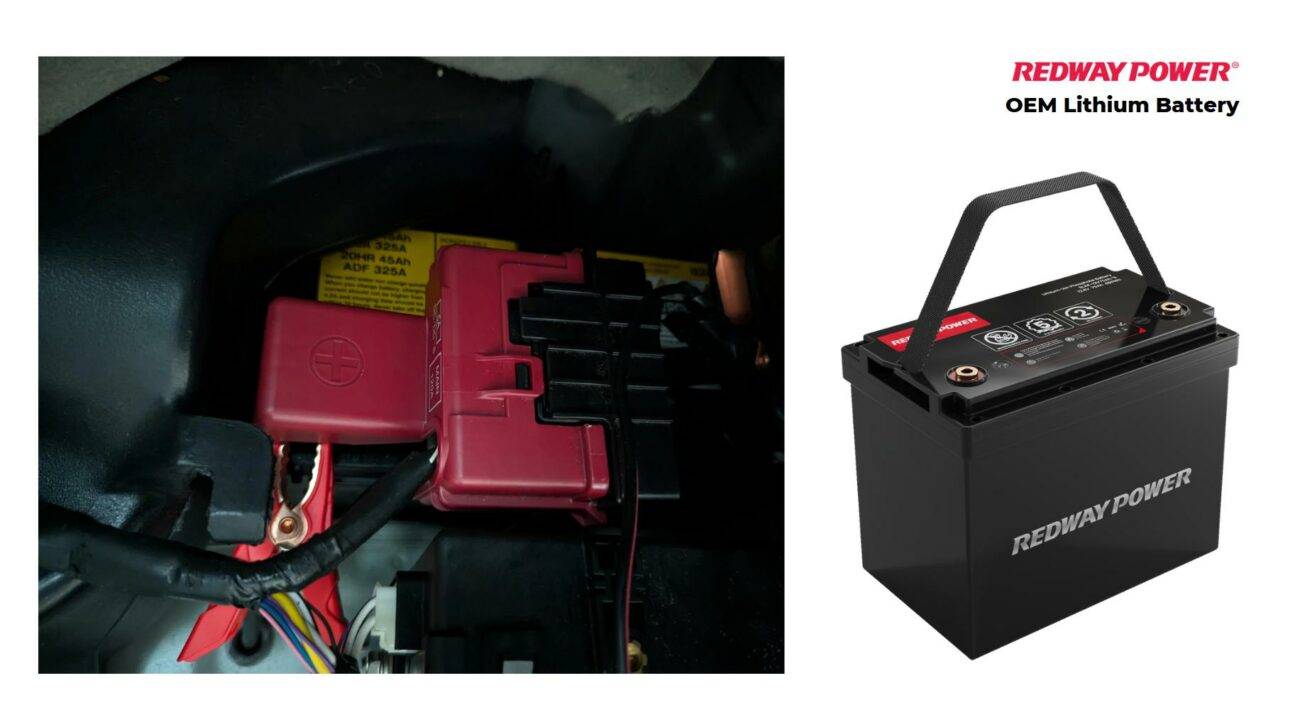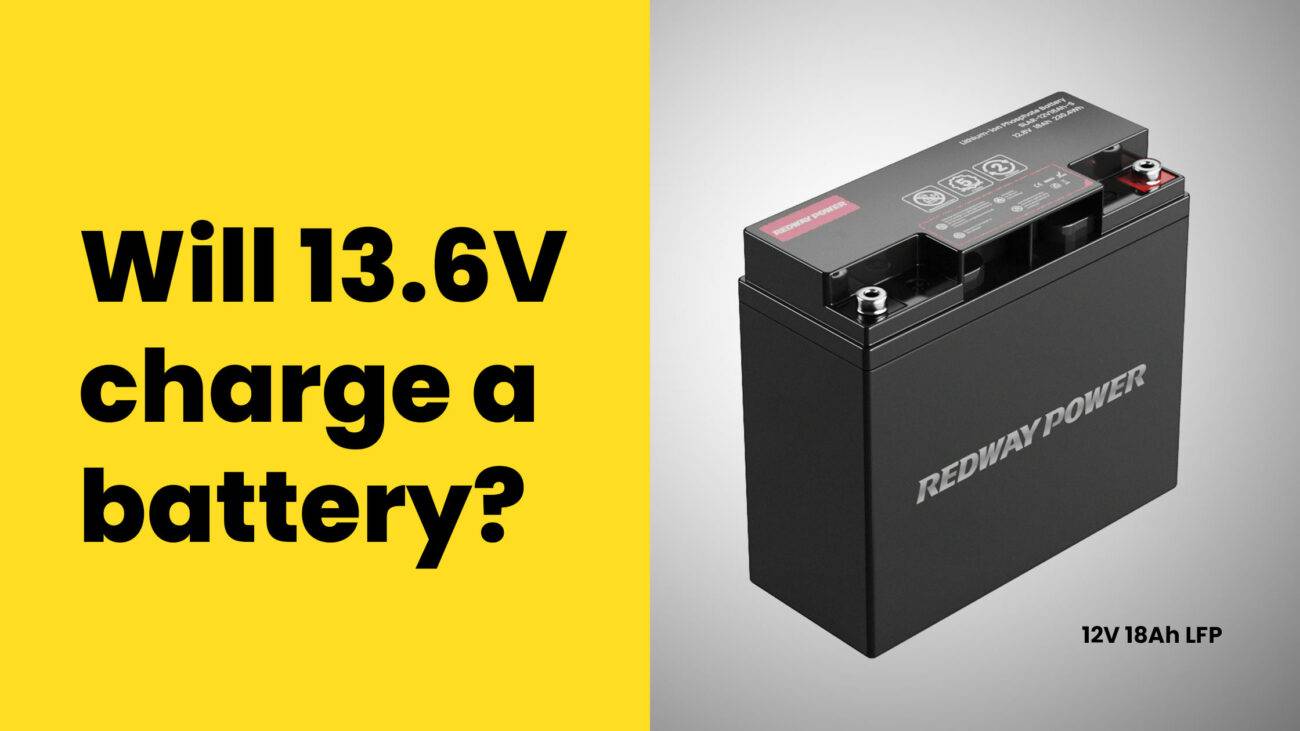- Forklift Lithium Battery
-
48V
- 48V 210Ah
- 48V 300Ah
- 48V 420Ah (949 x 349 x 569 mm)
- 48V 420Ah (950 x 421 x 450 mm)
- 48V 456Ah
- 48V 460Ah (830 x 630 x 590 mm)
- 48V 460Ah (950 x 421 x 450 mm)
- 48V 460Ah (800 x 630 x 600 mm)
- 48V 460Ah (820 x 660 x 470 mm)
- 48V 500Ah
- 48V 560Ah (810 x 630 x 600 mm)
- 48V 560Ah (950 x 592 x 450 mm)
- 48V 600Ah
- 48V 630Ah
-
48V
- Lithium Golf Cart Battery
- 12V Lithium Battery
12V 150Ah Lithium RV Battery
Bluetooth App | BCI Group 31
LiFePO4 Lithium
Discharge Temperature -20°C ~ 65°C
Fast Charger 14.6V 50A
Solar MPPT Charging - 24V Lithium Battery
- 36V Lithium Battery
- 48V Lithium Battery
-
48V LiFePO4 Battery
- 48V 50Ah
- 48V 50Ah (for Golf Carts)
- 48V 60Ah (8D)
- 48V 100Ah (8D)
- 48V 100Ah
- 48V 100Ah (Discharge 100A for Golf Carts)
- 48V 100Ah (Discharge 150A for Golf Carts)
- 48V 100Ah (Discharge 200A for Golf Carts)
- 48V 150Ah (for Golf Carts)
- 48V 160Ah (Discharge 100A for Golf Carts)
- 48V 160Ah (Discharge 160A for Golf Carts)
-
48V LiFePO4 Battery
- 60V Lithium Battery
-
60V LiFePO4 Battery
- 60V 20Ah
- 60V 30Ah
- 60V 50Ah
- 60V 50Ah (Small Size / Side Terminal)
- 60V 100Ah (for Electric Motocycle, Electric Scooter, LSV, AGV)
- 60V 100Ah (for Forklift, AGV, Electric Scooter, Sweeper)
- 60V 150Ah (E-Motocycle / E-Scooter / E-Tricycle / Tour LSV)
- 60V 200Ah (for Forklift, AGV, Electric Scooter, Sweeper)
-
60V LiFePO4 Battery
- 72V~96V Lithium Battery
- Rack-mounted Lithium Battery
- E-Bike Battery
- All-in-One Home-ESS
- Wall-mount Battery ESS
-
Home-ESS Lithium Battery PowerWall
- 24V 100Ah 2.4kWh PW24100-S PowerWall
- 48V 50Ah 2.4kWh PW4850-S PowerWall
- 48V 50Ah 2.56kWh PW5150-S PowerWall
- 48V 100Ah 5.12kWh PW51100-F PowerWall (IP65)
- 48V 100Ah 5.12kWh PW51100-S PowerWall
- 48V 100Ah 5.12kWh PW51100-H PowerWall
- 48V 200Ah 10kWh PW51200-H PowerWall
- 48V 300Ah 15kWh PW51300-H PowerWall
PowerWall 51.2V 100Ah LiFePO4 Lithium Battery
Highly popular in Asia and Eastern Europe.
CE Certification | Home-ESS -
Home-ESS Lithium Battery PowerWall
- Portable Power Stations
LiFePO4 Battery Charging, Comprehensive Knowledge
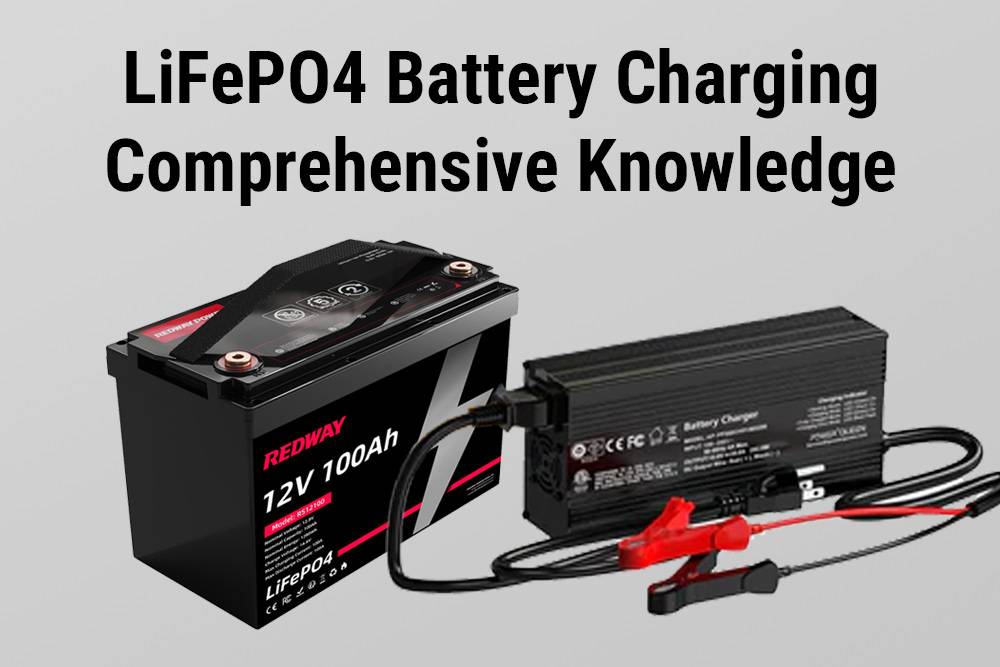
Charging Lithium Iron Phosphate (LiFePO4) batteries requires understanding specific charging protocols to ensure safety and longevity. These batteries are known for their efficiency and long lifespan, but improper charging can lead to performance issues or damage. This guide covers the best practices for charging LiFePO4 batteries, including recommended voltages, charging stages, and tips for optimal performance.
What Are LiFePO4 Batteries and Their Benefits?
Lithium Iron Phosphate (LiFePO4) batteries are a type of lithium-ion battery known for their stability, safety, and long cycle life. They offer several benefits:
| Benefit | Description |
|---|---|
| Safety | Lower risk of thermal runaway compared to other lithium technologies. |
| Long Lifespan | Can last up to 2000 cycles with proper care, significantly longer than traditional lead-acid batteries. |
| High Efficiency | Excellent charge and discharge efficiency, providing consistent power delivery. |
These advantages make LiFePO4 batteries ideal for various applications, including electric vehicles and renewable energy storage.
How Do You Charge LiFePO4 Batteries Correctly?
Charging LiFePO4 batteries correctly involves following these steps:
- Use a Compatible Charger: Ensure the charger is specifically designed for LiFePO4 chemistry.
- Connect Properly: Connect the charger to the battery terminals, ensuring correct polarity.
- Monitor Charging Process: Keep an eye on the voltage and current during charging to prevent overcharging.
Following these steps ensures safe and efficient charging.
What Are the Recommended Charging Voltages for LiFePO4 Batteries?
The recommended charging voltages for LiFePO4 batteries are as follows:
| Battery Configuration | Recommended Charge Voltage | Acceptable Range |
|---|---|---|
| 12V (12.8V) | 14.4V | 14.0V – 14.6V |
| 24V (25.6V) | 28.8V | 28.0V – 29.2V |
| 36V (38.4V) | 43.2V | 42.0V – 43.8V |
| 48V (51.2V) | 57.6V | 56.0V – 58.4V |
These voltage levels help ensure optimal charging without risking damage to the battery.
Why Is It Important to Use a Dedicated LiFePO4 Charger?
Using a dedicated charger for LiFePO4 batteries is crucial because:
- Correct Voltage Regulation: Specialized chargers provide the precise voltage needed for safe charging.
- Optimized Charging Algorithm: They follow specific charging profiles that prevent overcharging and enhance battery life.
- Safety Features: Many dedicated chargers include features like temperature monitoring and automatic shutoff to prevent hazards.
Using the right charger maximizes performance and safety.
How Do Charging Stages Work for LiFePO4 Batteries?
Charging a LiFePO4 battery typically involves two main stages:
- Constant Current (CC) Stage: In this initial phase, the charger supplies a constant current until the battery reaches its maximum voltage (around 3.65V per cell).
- Constant Voltage (CV) Stage: Once the maximum voltage is reached, the charger switches to constant voltage mode, gradually reducing current until it drops to a minimal level, indicating that the battery is fully charged.
This two-stage process ensures efficient and safe charging.
What Factors Affect Charging Speed and Efficiency?
Several factors can influence how quickly and efficiently a LiFePO4 battery charges:
| Factor | Description |
|---|---|
| Battery Capacity | Larger batteries can handle higher absolute currents while maintaining similar C-rates. |
| Temperature | Optimal charging temperatures range from 0°C to 45°C; extreme temperatures can reduce efficiency or cause damage. |
| State of Charge (SoC) | Batteries charge faster when at lower states of charge; as they approach full capacity, current typically decreases. |
Understanding these factors helps optimize charging practices.
How Can You Maintain Your LiFePO4 Battery for Longevity?
To extend the life of your LiFePO4 battery:
- Regularly Monitor Charge Levels: Keep the battery charged between 20% and 80% capacity for optimal health.
- Avoid Extreme Temperatures: Store and operate within recommended temperature ranges to prevent degradation.
- Use Smart Chargers: Implement smart chargers that adjust current based on battery needs.
- Perform Periodic Balancing: Regularly balance cells if your system does not automatically do so.
These maintenance practices help ensure long-lasting performance.
Industrial News: Innovations in Lithium Battery Technology
The lithium battery industry is experiencing rapid advancements with a focus on improving efficiency, safety, and longevity in lithium-ion technologies like LiFePO4 batteries. Recent innovations include enhanced battery management systems that optimize charging cycles and prevent overcharging, alongside developments in materials that improve energy density while reducing costs—reflecting growing demand across automotive and renewable energy sectors.
Redway Power Expert Views on Battery Maintenance
“Proper charging techniques are vital for maximizing the lifespan of your lithium batteries,” states an expert from Redway Power. “By utilizing dedicated chargers designed specifically for LiFePO4 technology, users can significantly enhance performance while ensuring safety during operation.”
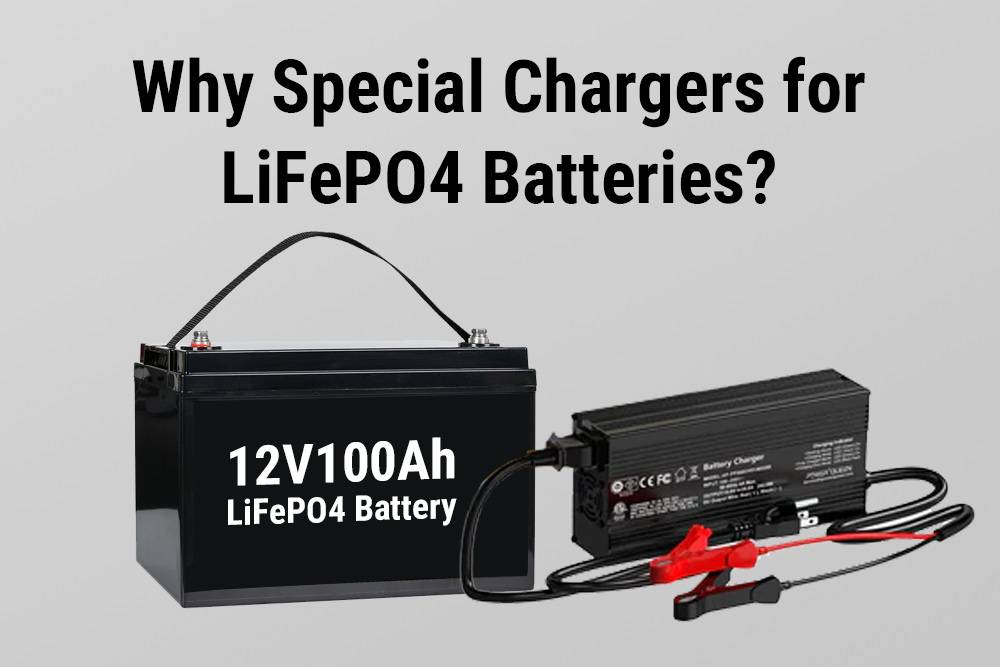
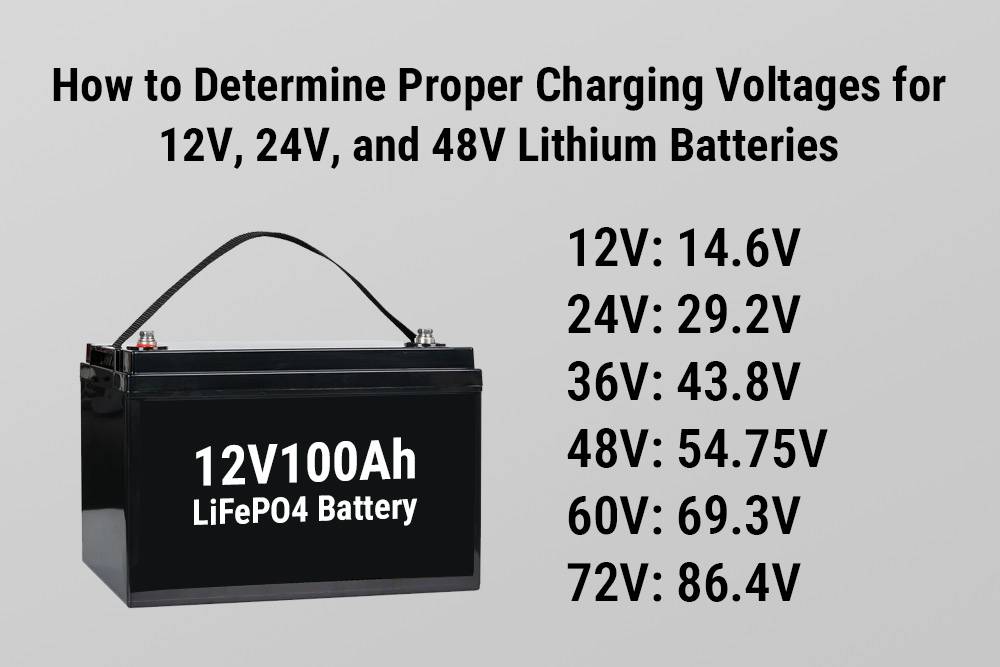
FAQs
Why not use a normal charger for LiFePO4 long-term?
What are three ways to properly charge LiFePO4 batteries?
What risks come with using ordinary chargers for LiFePO4?
Why is a normal charger not ideal for long-term LiFePO4 use?
How can monitoring provide insights into LiFePO4 condition?
What features do dedicated LiFePO4 chargers include?
More FAQs
What is the best way to charge a LiFePO4 battery?
The best way to charge a LiFePO4 battery is to use a dedicated LiFePO4 battery charger that is specifically designed to meet the voltage and current requirements of these batteries. Ensure that the charger is compatible with your LiFePO4 battery and follow manufacturer guidelines for optimal charging procedures.
Should I charge LiFePO4 to 100%?
Charging a LiFePO4 battery to 100% capacity is generally safe and does not harm the battery. Unlike some other battery chemistries, LiFePO4 batteries are not adversely affected by reaching full charge. However, it is essential to use a charger that terminates charging when the battery reaches full capacity to prevent overcharging.
Do you need a special charger to charge LiFePO4 battery?
While LiFePO4 batteries can be charged with compatible chargers, using a dedicated LiFePO4 battery charger is recommended. These chargers are designed to provide precise control over voltage and current parameters, ensuring safe and efficient charging without overcharging or undercharging.
How do I know if my LiFePO4 battery is fully charged?
LiFePO4 batteries typically have built-in battery management systems (BMS) that monitor charging parameters and terminate charging when the battery reaches full capacity. Some chargers also feature indicators or LED lights that signal when charging is complete. Additionally, you can use a multimeter to measure the battery voltage, which stabilizes when the battery is fully charged.
Should I charge LFP battery to 100% every day?
Charging a LiFePO4 battery to 100% every day is generally safe and does not harm the battery. LiFePO4 batteries are known for their robust cycle life and can withstand frequent charging cycles without significant degradation. However, for optimal battery health, it is essential to use a charger that terminates charging when the battery reaches full capacity and avoid prolonged overcharging.
What are the best charging parameters for LiFePO4?
The best charging parameters for LiFePO4 batteries typically include a charging voltage between 3.2V and 3.6V per cell and a maximum charging current as specified by the battery manufacturer. It is essential to adhere to these parameters to prevent overcharging, which can lead to reduced battery lifespan. Additionally, charging at moderate temperatures (between 0°C and 45°C) is recommended for optimal charging efficiency and battery performance.















